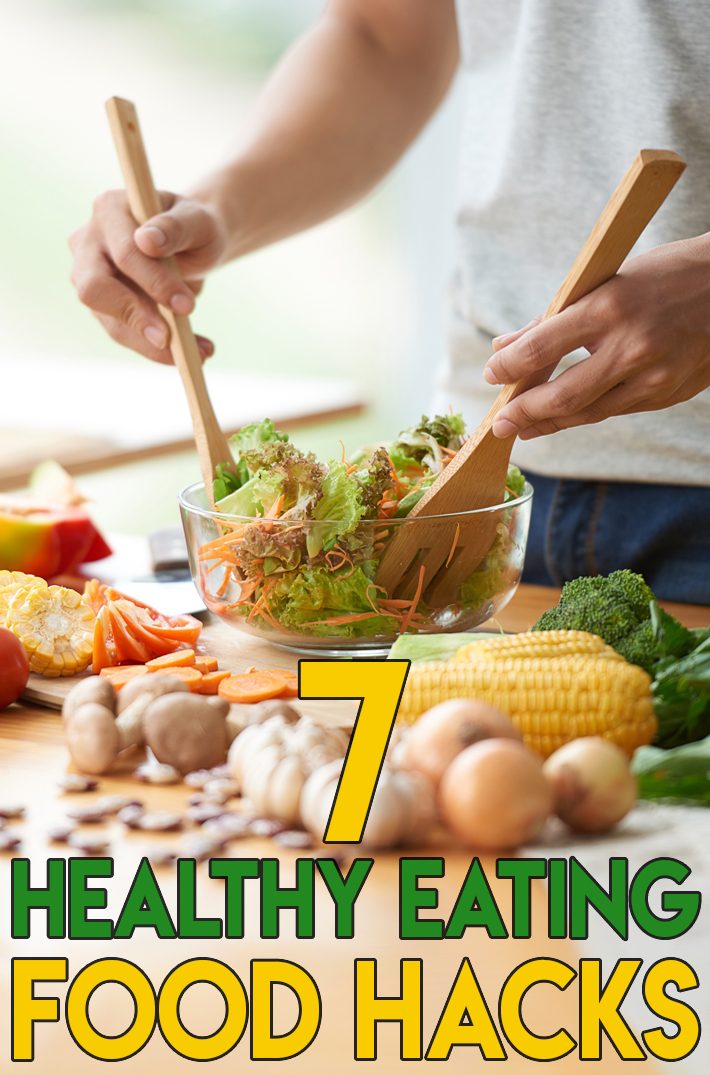
We all know we should eat well, but sometimes we need a gentle reminder about how to accomplish that goal. Here are seven healthy eating shortcuts from the experts that are easy to do and good for you.
1. Focus on healthy snacks
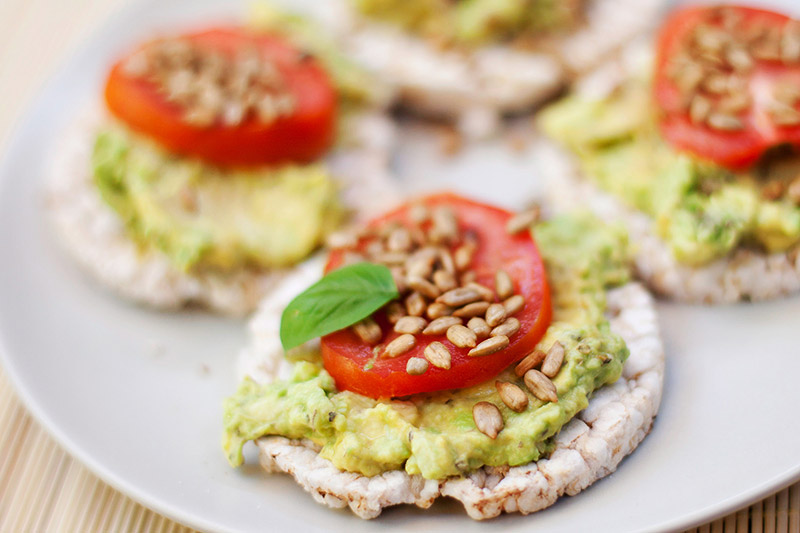
When choosing a snack, there are several qualities to keep in mind including satisfaction (does it make you feel full?), temperature (warm foods may be more satisfying) and nutrients (does it have fiber, protein, vitamins, minerals?), says Anne Cundiff, a registered dietitian and fellow of the Academy of Nutrition and Dietetics.
Not sure where to start? Consider popcorn your snacking BFF. Depending on your flavor craving, you can pair popcorn with toasted coconut and dark chocolate chips, fresh basil cut into ribbons and diced sun-dried tomatoes, freshly grated Parmesan cheese and fresh cracked black pepper or golden raisins and toasted pistachios.
Let an insulated lunch bag help you snack well during the week. On Sundays, fill your bag with yogurt, fresh fruit and veggies, low-fat string cheese, hard boiled eggs and nut butter on whole grain crackers, says Erin Palinski, a registered dietitian and certified diabetes educator. “Then take it with you to work, school or on the go. At the end of the day, just pop the bag back in the fridge and you can bring the remaining snacks with you the next day.”
Here are 11 more snack ideas from Susan Berkman, a registered dietitian at the Ohio State University Wexner Medical Center. These snacks have about 100 calories each.
- 1/2 cup cottage cheese + 1/2 cup cantaloupe
- 10 baby carrots + 2 tablespoons hummus
- 1 sliced medium cucumber + 2 tablespoons low-fat cream cheese
- 6 broccoli florets + 2 tablespoons tzatziki sauce (Mix 2 tablespoons plain Greek yogurt with 1 teaspoon lemon juice and 1 tablespoon minced cucumber)
- 1 slice low-calorie whole wheat bread + 1 teaspoon Dijon mustard + 2 slices deli turkey
- 1 small apple + 1 tablespoon peanut butter
- 14 almonds or 22 pistachios or 4 walnuts or 5 macadamia nuts or 5 pecans or 11 cashews or 11 peanuts
- 10 strawberries + 1 tablespoon goat cheese
- 1 kiwi + 1 tablespoon shredded coconut
- 1 scoop vanilla whey protein powder + 1 cup unsweetened almond milk
- 3 squares dark chocolate that are at least 70 percent cacao
2. Factor healthy fats into your eating habits
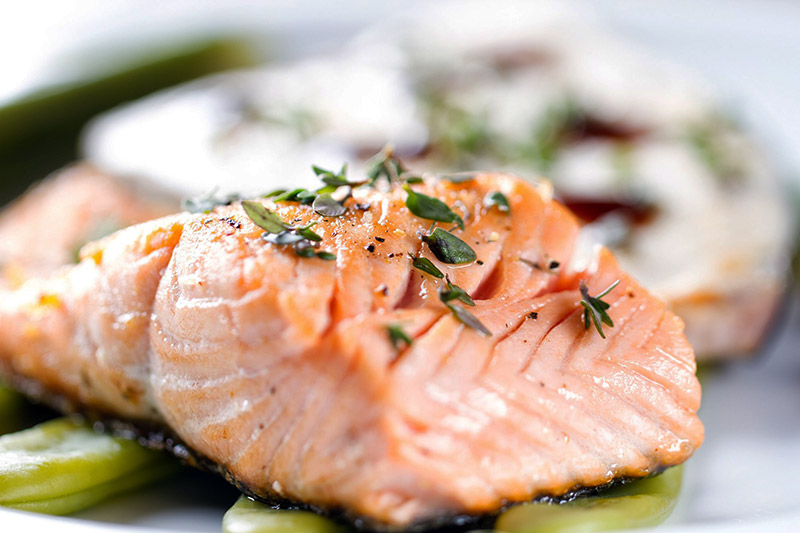
Yes, healthy fats. Saturated fats don’t do your body any favors, so consider some friendlier fat alternatives. “Substitute a slice of cheese on your sandwich for a slice of avocado for fewer calories and less saturated fat with a boost of fiber, nutrients and plant-based fats,” Palinski says. “Use mashed avocado as a replacement for butter in baked goods to boost the fiber and nutrient content of the food while replacing saturated fat with healthy plant-based fats.”
Here, five more ways Berkman wants you to add healthy fats:
- Add some chia seeds to your yogurt.
- Put some flax seeds in your pancake batter or add them to a smoothie.
- Eat a handful of nuts with a piece of fruit for an afternoon snack.
- Aim for at least 2 servings of fatty fish (salmon, trout, herring) per week.
- Use hummus as a spread on your sandwich.
3. Season without salt
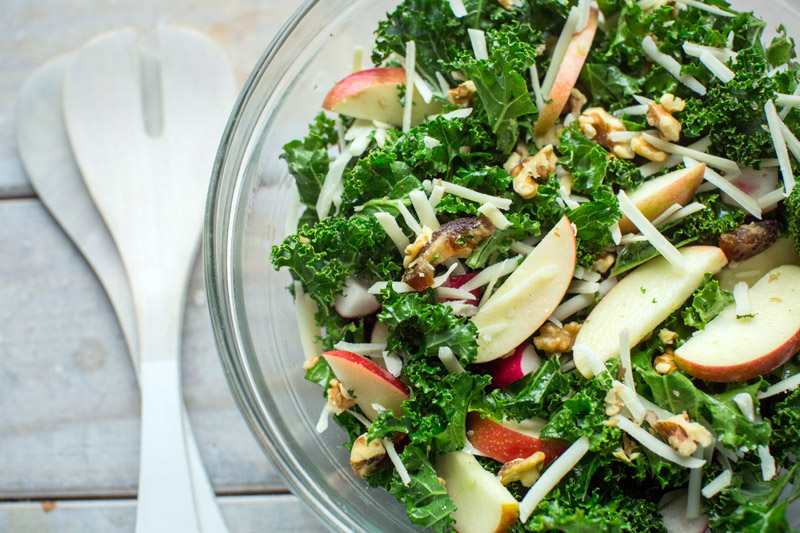
Turns out this is easier than it sounds. “I’m not talking about just loading up on herbs and other spices or squeezing a lemon on things,” says Ken Immer, president of CulinaryHealthSolutions.com. To the rescue: Seaweed. “Adding hydrated seaweed to soups, stews, salads, marinades, sauces and even on sandwiches in small amounts will add a salty flavor.” Another option: Miso paste. Adding this in small amounts will add an intense salty flavor to whatever you’re cooking.
4. Eat seasonally
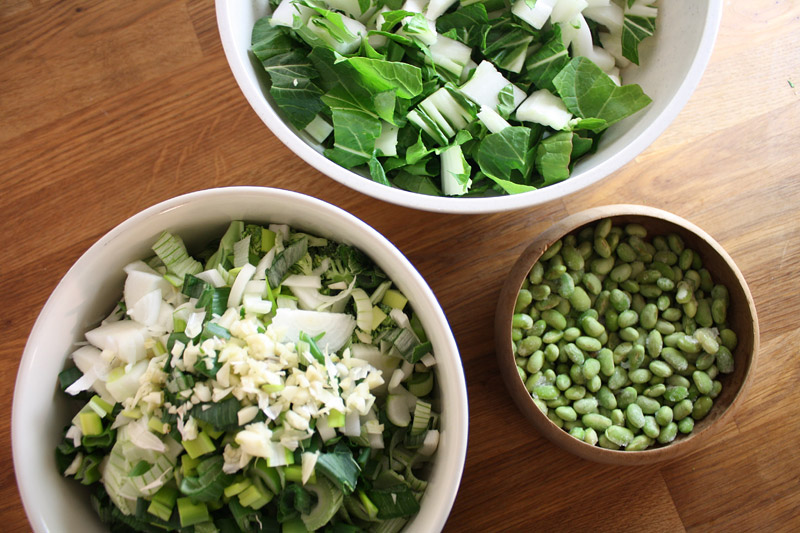
In a summer berries are at their peak. Another option? Cherries. “This is my favorite summer fruit that is sweet and full of healthy antioxidants,” Cundiff says. “Cherries are also a source of melatonin, which supports healthy sleep during the busy months.”
Cundiff also recommends falling in love with butter lettuce. This is a creamy lettuce to enjoy in salads or to use in place of bread or tortillas with your favorite lean proteins and vegetables for light and healthy wraps, Cundiff says.
In a summer, consider mozzarella, tomato and basil a healthy go-to salad. “Summer is the perfect time to enjoy this flavorful type of mozzarella,” Cundiff says. “This fresh mozzarella is a good source of calcium and has a cream center giving it a nice creamy and soft texture, so a little goes a long way.”
5. Reach for healthy, lean proteins

Take pork tenderloin, for example. This is one of the most versatile and healthy lean proteins to grill and cook. “I like pork kabobs with grilled pineapple, sliced on top of salads, in tacos and with BBQ sauce on my favorite whole grain bun,” Cundiff says.
6. Make some smart pairings

To help with your weight loss goals, pair healthy carbohydrates with protein or healthy fat, says Berkman. “Healthy carbs are ones that are rich in fiber, vitamins and minerals such as fruits and vegetables, legumes, and whole grains.” While these carbs are healthy, they get digested very quickly in the stomach, causing individuals to become hungry again within 20 to 40 minutes. Protein and fat, however, take much longer to be broken down and digested, adding to a feeling of fullness. Adding a small amount of protein or healthy fat to your snack or meal can extend how long you will stay full, from two to four hours or longer.
Certain nutrients are absorbed much better when paired together, Berkman says. For example, we need to consume calcium in the presence of vitamin D to get the best absorption of this bone strengthening mineral, which is why you find milk products often fortified with vitamin D.
Most animal sources of protein are considered “complete” in that they contain all of the essential amino acids that we need to get in our diet. So what can you do if you’re maintaining a vegetarian diet? “Some plant sources of protein are considered complete, such as quinoa and tofu, but there are some plant sources of protein that are considered ‘incomplete’ — they contain some, but not all of the amino acids that our bodies need,” Berkman says. Vegetarians should consider eating rice and beans or pair nuts and seeds with grains (like peanut butter on toast) or hummus topped with sunflower seeds.
7. The 411 on how to cook your veggies
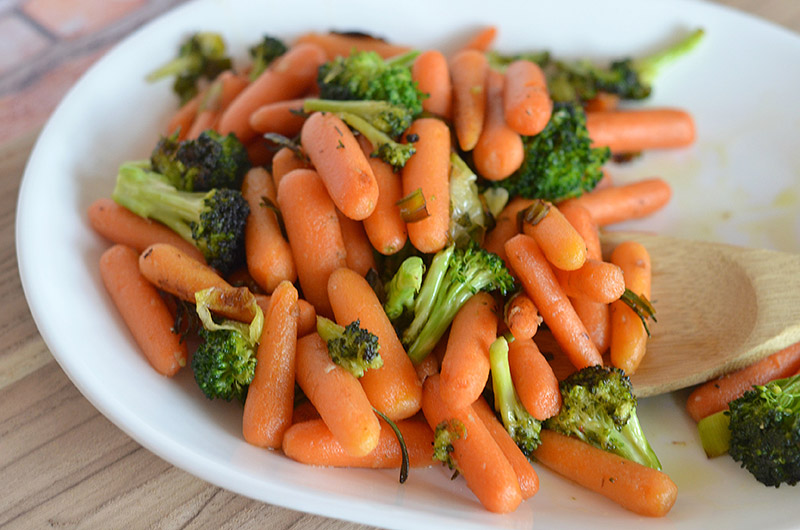
Always wash or rinse your vegetables to clean them, but don’t soak them. This can cause certain produce to lose some of its vitamin C content, Berkman says. And, when preparing vegetables, cut them into large chunks or keep whole. Mashing or dicing too small can cause the veggie to lose its water-soluble vitamins and minerals when cooked.
Boiling veggies causes the overall greatest loss of nutrients, as most leech into the water and are disposed of down the kitchen sink.
Sauteing veggies can help to increase the absorption of fat-soluble vitamins found in veggies, such as vitamins A, K and E, since you are cooking them in oil. However, it can also break down the vitamin C and B-complex vitamins.
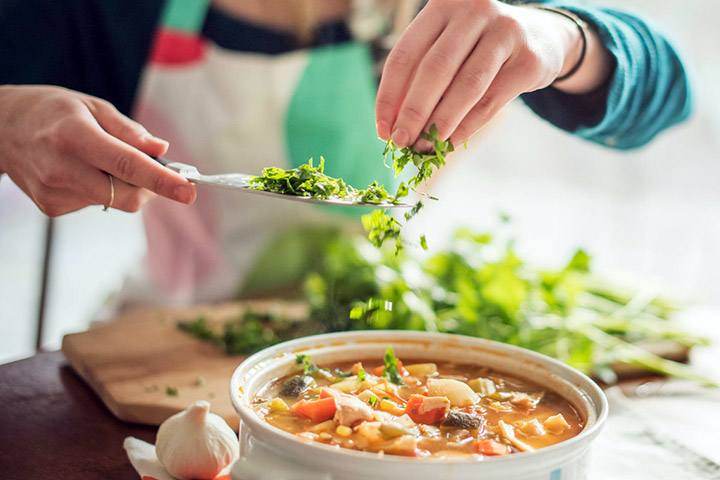

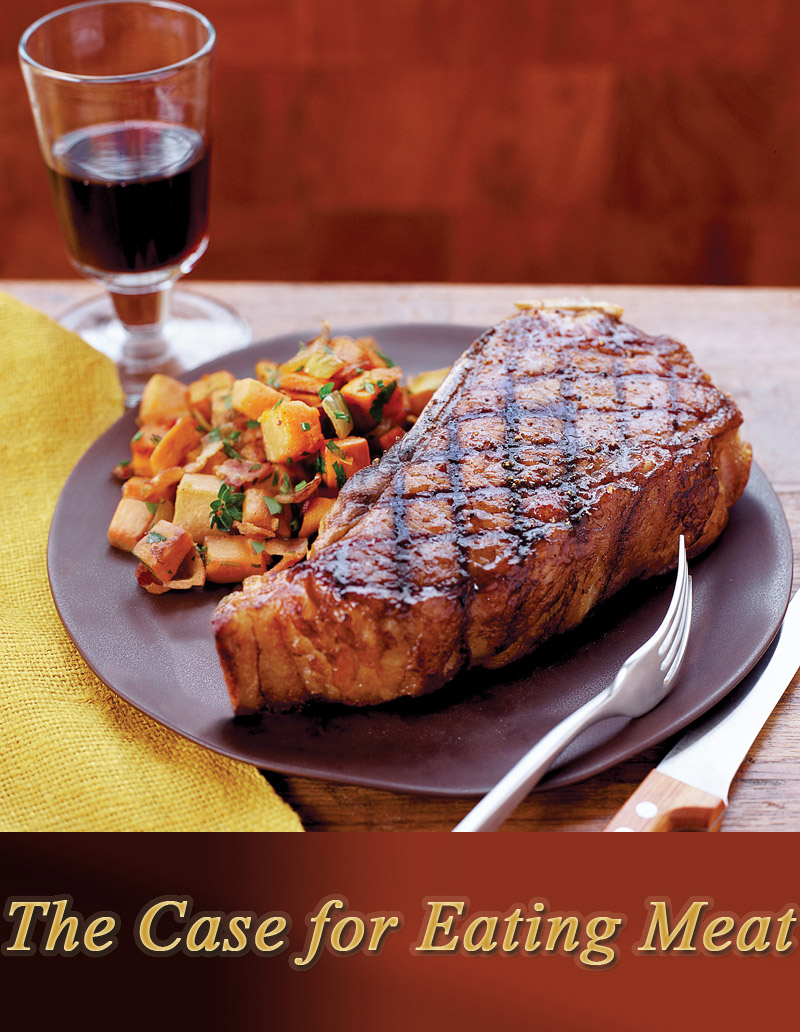
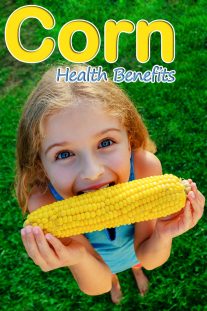

Leave a Reply